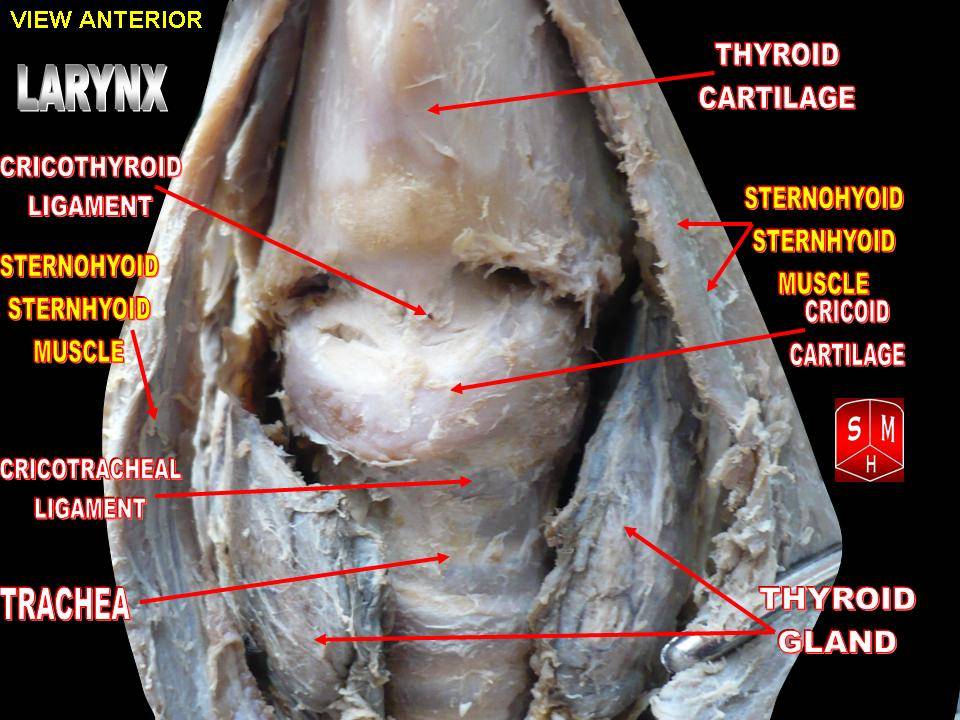|
Thyromental Distance
Thyromental distance (TMD) measurement is a method commonly used to predict the difficulty of Tracheal intubation, intubation and is measured from the Superior thyroid notch, thyroid notch to the tip of the jaw with the head extended. If it is less than 7.0 cm with hard Scar, scarred tissues, it indicates possible difficult intubation. See also * Mallampati score * Simplified Airway Risk Index References {{Anesthesia Anesthesia ... [...More Info...] [...Related Items...] OR: [Wikipedia] [Google] [Baidu] |
Tracheal Intubation
Tracheal intubation, usually simply referred to as intubation, is the placement of a flexible plastic catheter, tube into the vertebrate trachea, trachea (windpipe) to maintain an open airway or to serve as a conduit through which to administer certain drugs. It is frequently performed in critically injured, ill, or anesthetized patients to facilitate Ventilation (physiology), ventilation of the lungs, including mechanical ventilation, and to prevent the possibility of asphyxiation or airway obstruction. The most widely used route is orotracheal, in which an tracheal tube, endotracheal tube is passed through the mouth and larynx, vocal apparatus into the trachea. In a nasotracheal procedure, an endotracheal tube is passed through the nose and vocal apparatus into the trachea. Other methods of intubation involve surgery and include the cricothyrotomy (used almost exclusively in emergency circumstances) and the tracheotomy, used primarily in situations where a prolonged need for airw ... [...More Info...] [...Related Items...] OR: [Wikipedia] [Google] [Baidu] |
Superior Thyroid Notch
The thyroid cartilage is the largest of the nine cartilages that make up the ''laryngeal skeleton'', the cartilage structure in and around the trachea that contains the larynx. It does not completely encircle the larynx (only the cricoid cartilage encircles it). Structure The thyroid cartilage is a hyaline cartilage structure that sits in front of the larynx and above the thyroid gland. The cartilage is composed of two halves, which meet in the middle at a peak called the laryngeal prominence, also called the Adam's apple. In the midline above the prominence is the superior thyroid notch. A counterpart notch at the bottom of the cartilage is called the inferior thyroid notch. The two halves of the cartilage that make out the outer surfaces extend obliquely to cover the sides of the trachea. The posterior edge of each half articulates with the cricoid cartilage inferiorly at a joint called the cricothyroid joint. The most posterior part of the cartilage also has two projection ... [...More Info...] [...Related Items...] OR: [Wikipedia] [Google] [Baidu] |
Scar
A scar (or scar tissue) is an area of fibrous tissue that replaces normal skin after an injury. Scars result from the biological process of wound repair in the skin, as well as in other organs, and tissues of the body. Thus, scarring is a natural part of the healing process. With the exception of very minor lesions, every wound (e.g., after accident, disease, or surgery) results in some degree of scarring. An exception to this are animals with complete regeneration, which regrow tissue without scar formation. Scar tissue is composed of the same protein ( collagen) as the tissue that it replaces, but the fiber composition of the protein is different; instead of a random basketweave formation of the collagen fibers found in normal tissue, in fibrosis the collagen cross-links and forms a pronounced alignment in a single direction. This collagen scar tissue alignment is usually of inferior functional quality to the normal collagen randomised alignment. For example, scars in the s ... [...More Info...] [...Related Items...] OR: [Wikipedia] [Google] [Baidu] |
Mallampati Score
In anesthesia, the Mallampati score or Mallampati classification, named after the Indian anaesthesiologist Seshagiri Mallampati, is used to predict the ease of endotracheal intubation. The test comprises a visual assessment of the distance from the tongue base to the roof of the mouth, and therefore the amount of space in which there is to work. It is an indirect way of assessing how difficult an intubation will be; this is more definitively scored using the Cormack-Lehane classification system, which describes what is actually seen using direct laryngoscopy during the intubation process itself. A high Mallampati score (class 3 or 4) is associated with more difficult intubation as well as a higher incidence of sleep apnea. Technique The score is assessed by asking the patient, in a sitting posture, to open their mouth and to protrude the tongue as much as possible. The anatomy of the oral cavity is visualized; specifically, the assessor notes whether the base of the uvula, fauci ... [...More Info...] [...Related Items...] OR: [Wikipedia] [Google] [Baidu] |
Simplified Airway Risk Index
The Simplified Airway Risk Index (SARI), or El-Ganzouri Risk Index (EGRI), is a multivariate risk score for predicting difficult tracheal intubation. The SARI score ranges from 0 to 12 points, where a higher number of points indicates a more difficult airway. A SARI score of 4 or above indicate a difficult intubation. Seven parameters is used to calculate the SARI score: Mouth opening, thyromental distance, Mallampati score, movement of the neck, the ability to create an underbite, body weight and previous intubation history. __TOC__ Calculation # Mouth opening: A mouth opening greater than 4 centimeters between the incisor Incisors (from Latin ''incidere'', "to cut") are the front teeth present in most mammals. They are located in the premaxilla above and on the mandible below. Humans have a total of eight (two on each side, top and bottom). Opossums have 18, wher ...s results in 0 points whereas a distance below results in 1 point. # Thyromental distance:A thyromental d ... [...More Info...] [...Related Items...] OR: [Wikipedia] [Google] [Baidu] |

.jpg)